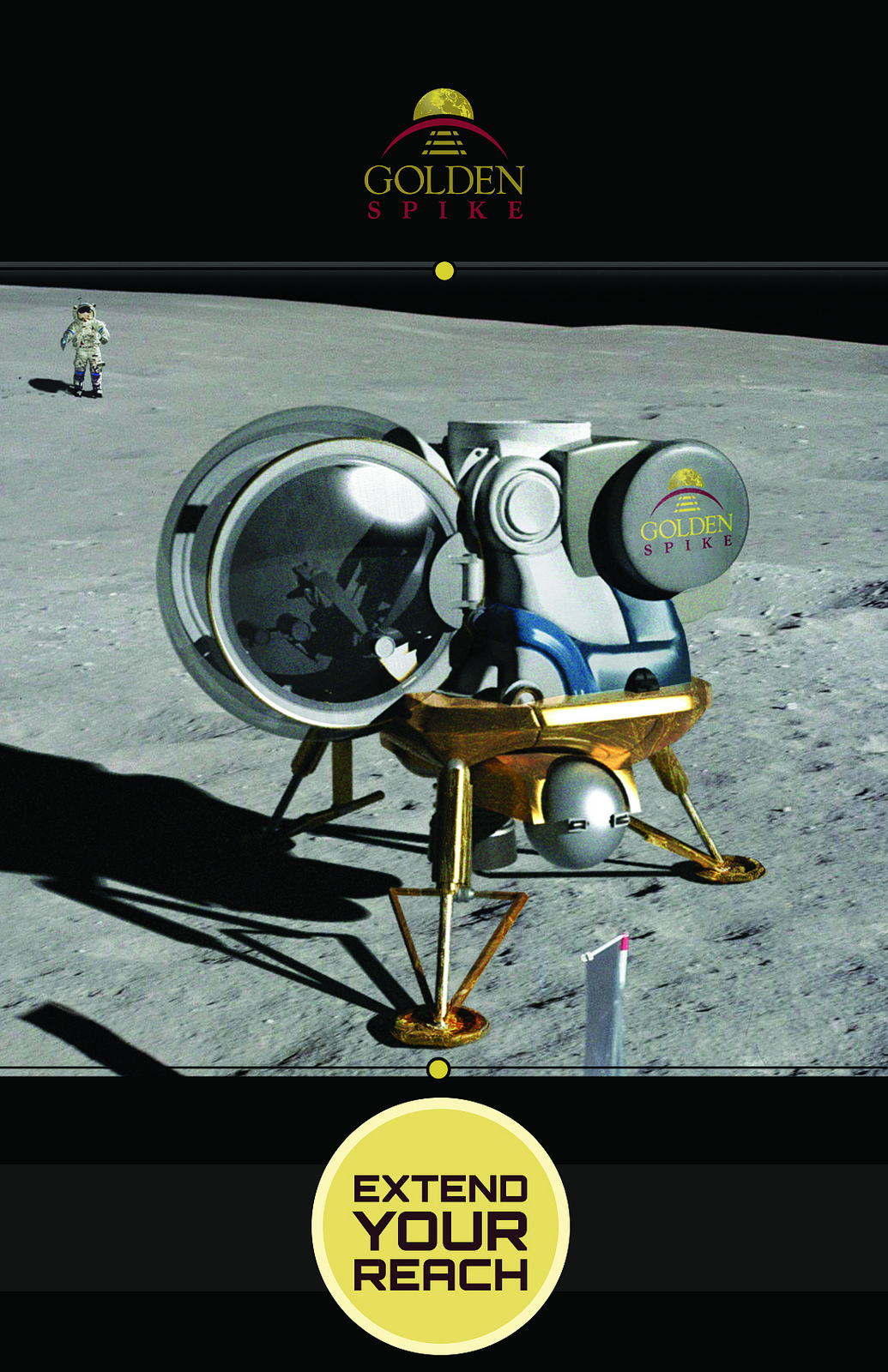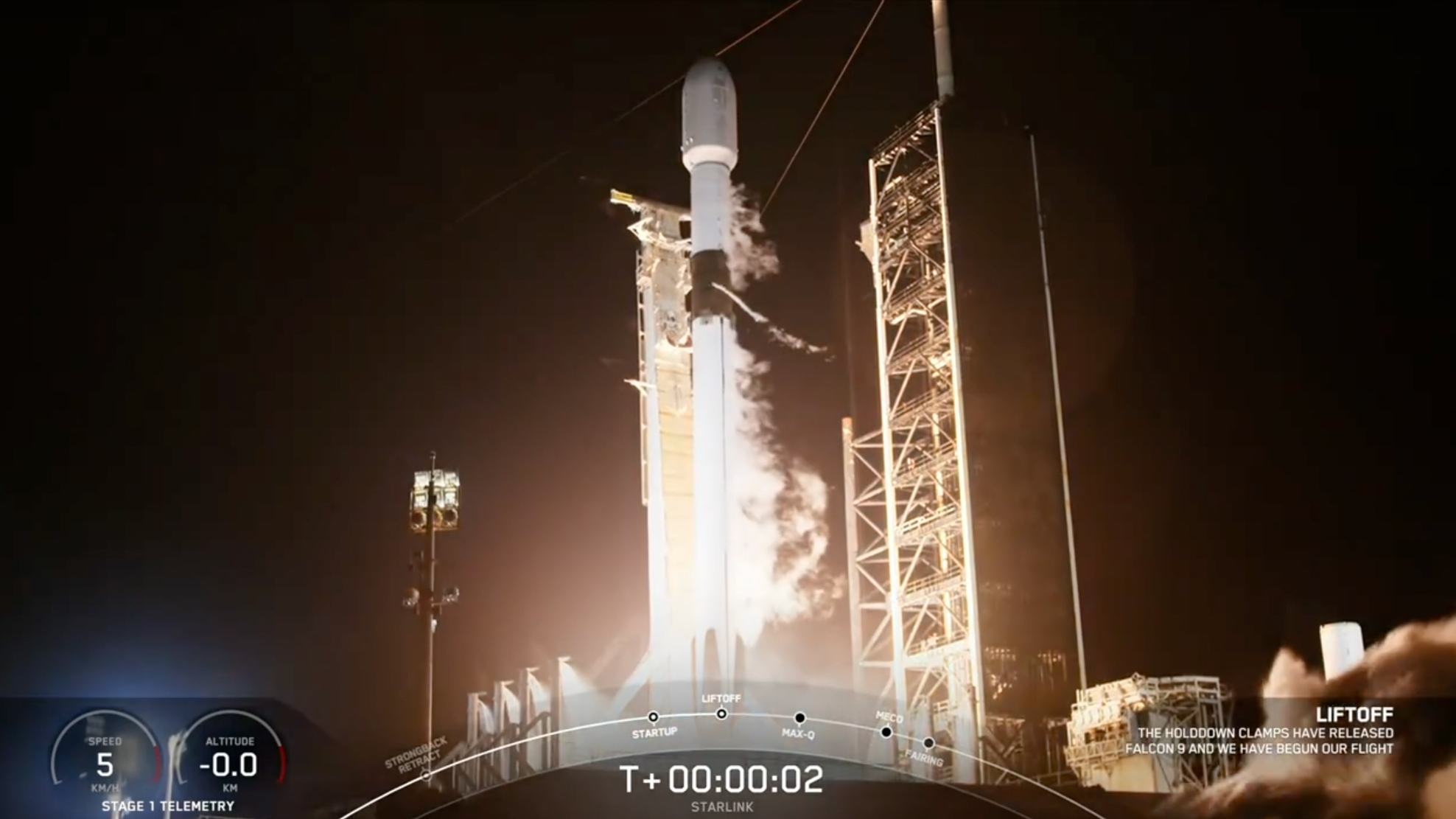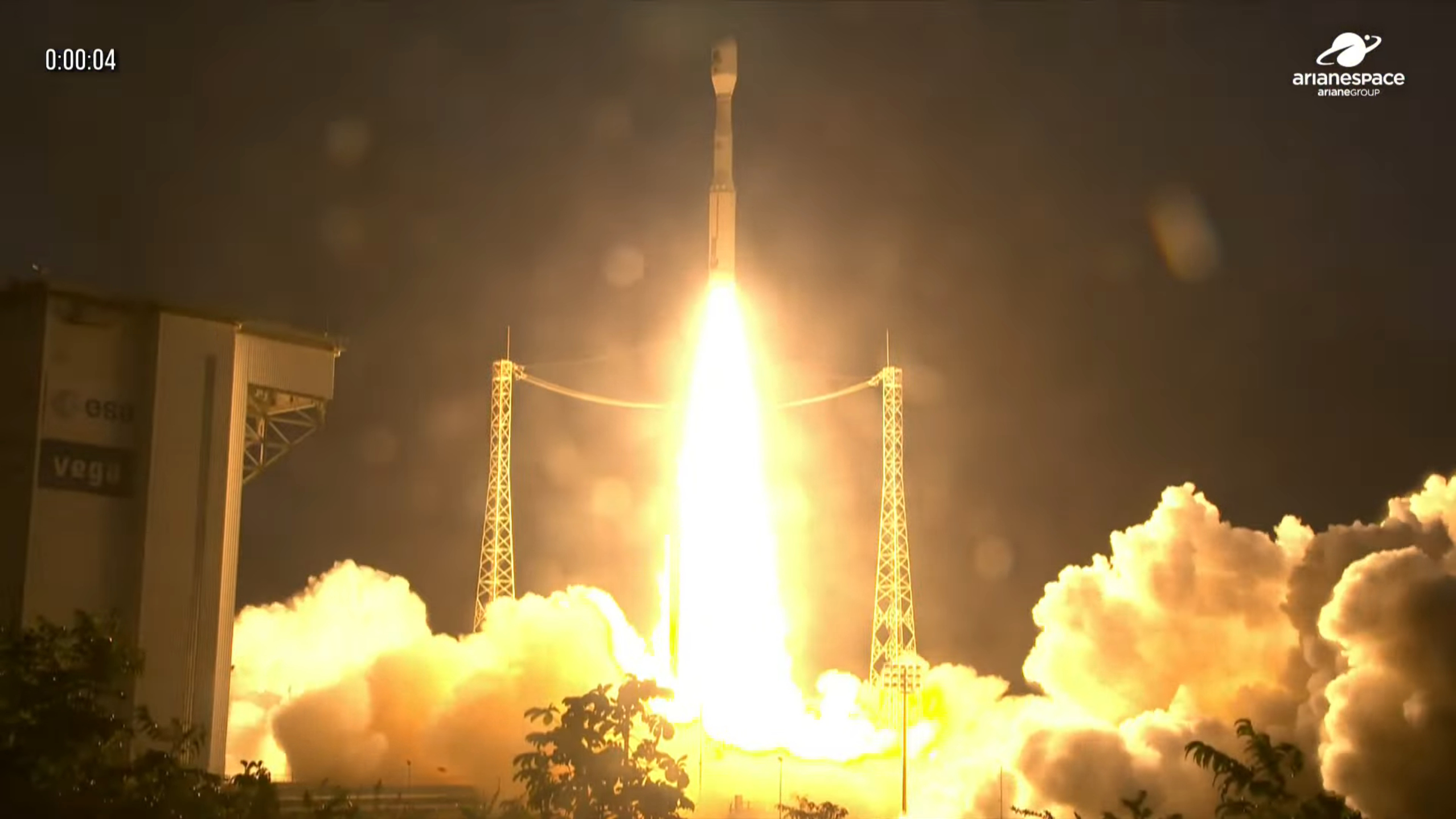
Good news for all you frugal travelers out there: A private startup's manned moon missions could end up costing around $500 million per seat instead of the originally advertised $750 million.
The Golden Spike company, which aims to start flying paying customers to the lunar surface and back by 2020, has pegged the cost of these two-person trips at about $1.5 billion. But the company plans to bring the per-seat ticket price down considerably by staging an Olympics-like media spectacle around each mission.
"We think that we can lower the effective ticket price, by selling the air time, the naming rights and the merchandising rights to these missions, by between 20 and 30 percent — by creating that other revenue stream and sharing it with our customers," Golden Spike president and CEO Alan Stern told reporters Thursday (April 11) at the 29th National Space Symposium in Colorado Springs, Colo. [Golden Spike's Manned Moon Plans (Photos)]
Golden Spike's main customers will probably be corporations and countries, Stern said, adding that the company's services should be particularly attractive to nations without big-time space programs.
"We can offer a tremendous scientific expedition, tremendous national pride — a step up in planetary exploration for countries that are otherwise in the minor leagues of spaceflight," said Stern, a former NASA science chief who is also principal investigator of the agency's New Horizons mission to Pluto.
Golden Spike aims to both stoke and monetize the excitement its manned moon missions generate, televising every one of them to generate big media revenues.
"We'll put it on in each country, sort of like the Olympics," Stern said. "It's going to be fresh and new in each country, and we think that that's going to be a significant revenue stream."
Get the Space.com Newsletter
Breaking space news, the latest updates on rocket launches, skywatching events and more!
The idea is similar to one proposed by Mars One, a nonprofit organization that aims to stage a global reality-TV event around its effort to land four people on the Red Planet in 2023. But Mars One plans to rely on media revenues and sponsorships to fund the bulk of that roughly $6 billion mission, which the group hopes will jump-start a permanent Martian settlement.
Twenty to 30 countries can likely easily afford Golden Spike's moon missions at $750 million per seat, Stern said. Cutting the price by about 30 percent would probably bring such expeditions within the reach of 60 or so potentially interested countries — nearly a third of the world's total nation tally.
"We're very optimistic about this business model," Stern said.
Golden Spike, which announced its existence and intentions this past December, also launched a crowdfunding campaign on the site Indiegogo in February to help get the company off the ground.
Follow Mike Wall on Twitter @michaeldwall. Follow us @Spacedotcom, Facebook or Google+. Originally published on SPACE.com.
Join our Space Forums to keep talking space on the latest missions, night sky and more! And if you have a news tip, correction or comment, let us know at: community@space.com.

Michael Wall is a Senior Space Writer with Space.com and joined the team in 2010. He primarily covers exoplanets, spaceflight and military space, but has been known to dabble in the space art beat. His book about the search for alien life, "Out There," was published on Nov. 13, 2018. Before becoming a science writer, Michael worked as a herpetologist and wildlife biologist. He has a Ph.D. in evolutionary biology from the University of Sydney, Australia, a bachelor's degree from the University of Arizona, and a graduate certificate in science writing from the University of California, Santa Cruz. To find out what his latest project is, you can follow Michael on Twitter.









